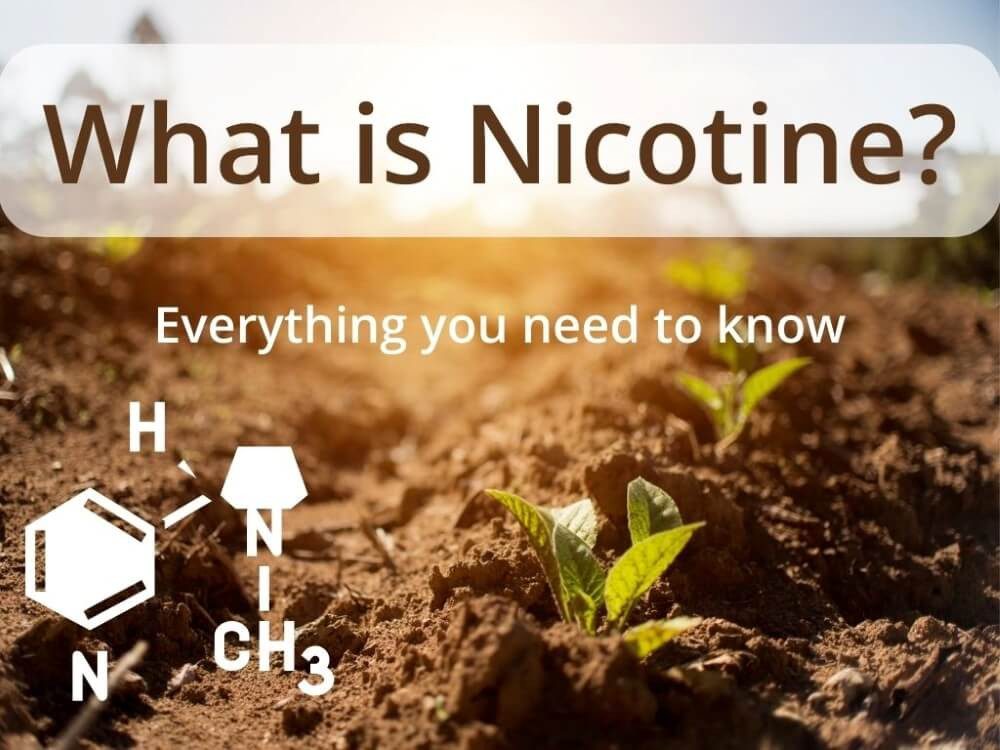Understanding Nicotine: Key Points to Know

Nicotine, a naturally occurring chemical in tobacco, is addictive and carries risks, contrary to common misconceptions. However, smoking-related diseases primarily stem from the chemicals released during the burning of tobacco, rather than from nicotine itself.
Understanding of Nicotine
Nicotine is a naturally occurring chemical present in tobacco, making up approximately five percent of the plant’s weight. It’s also found in smaller amounts in other nightshade family plants like tomatoes, potatoes, and eggplants. Named after the French ambassador Jean Nicot, who introduced tobacco to Paris in the 16th century, nicotine is a colorless, odorless liquid in its pure form, known for its oily texture.
Absorption and Transit of Nicotine within the Body
Nicotine enters the body through various methods, including smoking and nicotine replacement therapies like gums and patches. Inhalation through smoking allows nicotine to swiftly enter the bloodstream via the lungs, reaching the brain within seconds. In contrast, nicotine absorption through patches or gums occurs more gradually through the skin or mucous membranes, delaying its effects as it slowly enters the bloodstream and eventually reaches the brain.
Once in the bloodstream, nicotine spreads throughout the body, influencing the brain’s reward systems by binding to specific receptors that mimic acetylcholine, a natural neurotransmitter. Metabolized mainly by the liver, nicotine is continually eliminated from the body, affecting various tissues and organs throughout its journey.
Nicotine’s Role in Addiction and Quitting
Nicotine, although addictive and not without risks, isn’t the primary cause of smoking-related diseases. It acts on the brain’s reward systems, triggering withdrawal symptoms like difficulty concentrating, anxiety, and dysphoria when quitting. Nicotine replacement therapies and cessation products can alleviate these symptoms. However, addiction isn’t solely driven by nicotine; rituals, sensory experiences, and social factors also contribute significantly. While quitting is challenging, millions succeed annually, promoting overall health.


Understanding Nicotine’s Role in Smoke-Free Alternatives
Nicotine plays a crucial role in smoke-free alternatives to cigarettes, serving as a primary motivator alongside taste and habit. Adult smokers transitioning to these alternatives often seek nicotine-containing products. However, quitting smoking and nicotine entirely remains the optimal choice, with smoke-free options reserved for adults seeking alternatives to continued smoking.


Is Nicotine Harmful?
Nicotine, while addictive and not without risks, becomes highly toxic in large doses, beyond those typically found in regulated cigarettes, e-vapor, or oral smokeless products. It can temporarily elevate heart rate and blood pressure.
Certain individuals, including minors, non-nicotine users, pregnant or breastfeeding women, and those with specific health conditions such as severe hypertension, heart disease, diabetes, epilepsy, or seizure disorders, should avoid nicotine and tobacco products altogether.
For adults who continue to use nicotine, switching to scientifically validated smoke-free alternatives is recommended. These products still carry addiction risks but are considered safer than traditional smoking.


